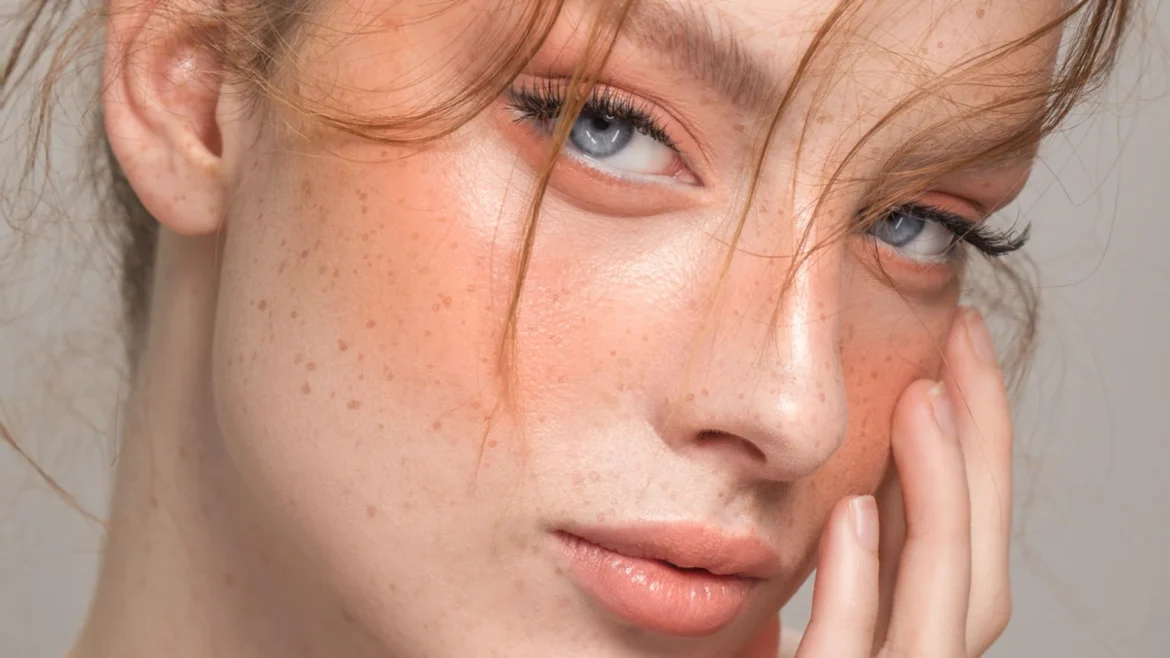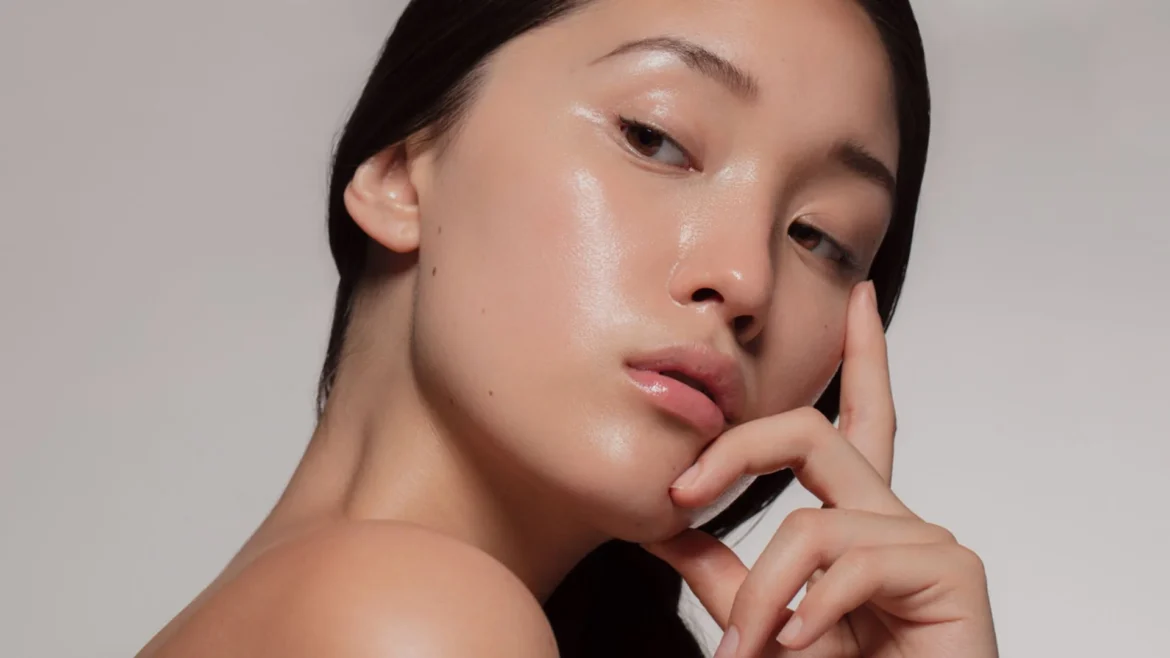There’s something quietly thrilling about a new blush. It’s more than colour; it’s mood, personality, even attitude. In the ever-evolving world of beauty, two shades have captured the imagination of make-up lovers everywhere: Sunset Blush and Boyfriend Blush. Both promise to add that effortless, radiant flush, but each evokes a different kind of energy. Understanding the subtle distinction might just help you choose the one that speaks to you.
The Tale of Two Blushes
If you’ve scrolled through beauty feeds recently, you’ll have noticed the surge in trend names — evocative labels that do more than describe a shade. Sunset Blush is a soft, warm, golden-tinged pink reminiscent of the horizon at dusk. Think warm corals and muted peach tones that melt into your skin. It’s designed to emulate that perfect natural glow after a day spent in the sun, subtle yet unmistakably alive.
Boyfriend Blush, by contrast, has a different personality. It’s cooler, slightly muted, with a dusty rose or berry undertone. It suggests a nonchalant, playful energy, as if you’ve just borrowed a loved one’s shirt and smiled at the mirror, cheeks naturally kissed by a hint of colour. It’s flattering on many skin tones and exudes a relaxed, effortlessly chic vibe.
Why the Names Matter
The beauty industry knows that shade names are emotional signposts. Sunset Blush evokes warmth, romance, and a glowing optimism. Boyfriend Blush whispers intimacy, charm, and casual confidence. Both are wearable, but which one you reach for might reveal something about how you want to feel today — radiant and sun-kissed, or soft and flirtatiously carefree.
The Subtle Science of Colour
Blush isn’t just decoration; it’s a subtle way to manipulate perception. Warm-toned blushes like Sunset Blush brighten the complexion, giving skin a healthy, sunlit glow. They’re perfect for days when you want to highlight vitality and energy, enhancing natural undertones without overwhelming them.
Cooler blushes, such as Boyfriend Blush, add contrast and definition. They complement rosy or neutral skin tones beautifully, offering a polished finish that’s casual yet put-together. These shades often mimic the natural flush of blood vessels near the skin’s surface, making them feel authentic and flattering without effort.
How to Wear Them
Application technique can completely transform a shade. Sunset Blush works best blended softly along the apples of the cheeks and swept gently toward the temples. The goal is luminosity — the impression that sunlight is kissing your skin, rather than a painted-on effect.
Boyfriend Blush, meanwhile, lends itself to a more deliberate placement. A slightly heavier layer along the cheekbone can create dimension, while dabbing lightly at the nose bridge adds a youthful, lived-in look. Some make-up artists even suggest pairing it with cooler lip tones or a subtle highlight for a contemporary, “woke-up-like-this” aesthetic.





